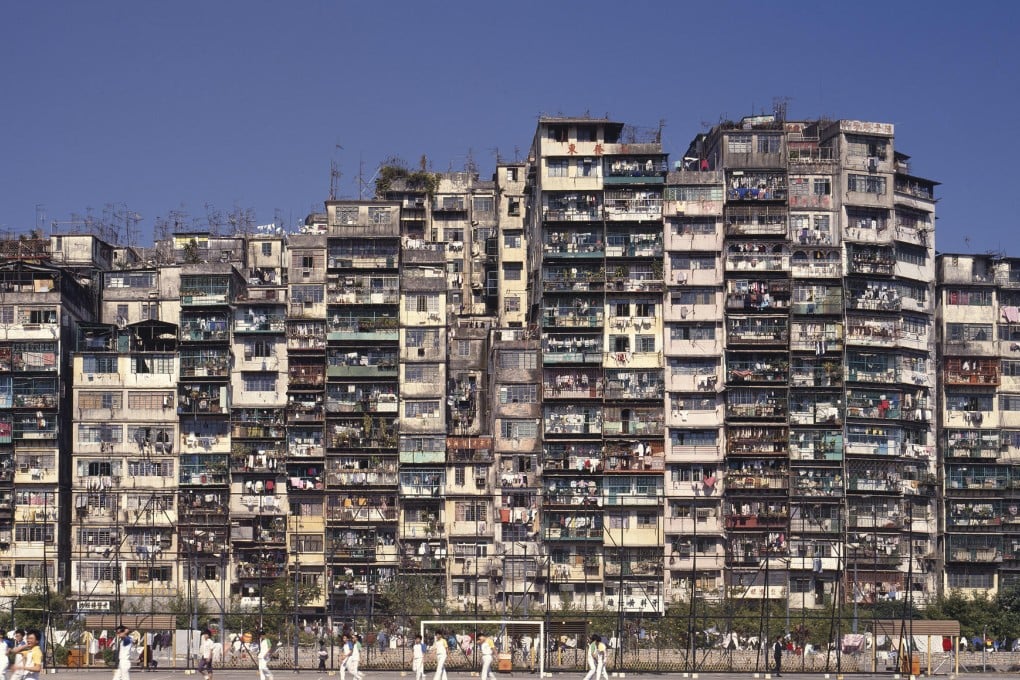Once reviled, Kowloon Walled City is now regarded as an example of 'organic design'
The sprawling Kowloon Walled City, demolished 20 years ago, was reviled in its lifetime. But the structure is now looked upon as a classic of organic design, says James King

There seems to be no accounting for taste in architectural fashion. Shunned, condemned and demonised in its "lifetime", Kowloon Walled City was long considered a malignant blot on the progressive Hong Kong landscape.
Yet just 20 years after its destruction, the squatter camp has been transformed in the minds of commentators into a paragon of design - albeit organic - and the archetype of a workable, livable development underpinned by a sense of community among those who resided there. The truth is somewhere in between.
The man to shed light on the question of the resplendent monstrosity's ambiguous legacy is British architectural photographer and publisher Ian Lambot, who, along with Canadian photojournalist Greg Girard, published 1993's .
"Going there was always an adventure," says Lambot. "I went to photograph it 30 or 40 times but you could never get to know it."
Theirs was perhaps the outstanding volume in a crop of discussions, dissections and dissertations published after the Kowloon boil was lanced. With the distance of history, however, the Walled City's reputation has become considerably more wholesome. So, in a new edition, to be published in July, Lambot and Girard reassess the complex subject of what was once the most crowded place on the planet.
What exactly was in the high-rise shanty town's (non-)design DNA that allowed it to remain standing, let alone function as a society all its own? "From an architectural perspective, Kowloon Walled City was totally unplanned - it was architecture without architects," says Lambot. "There were no studies or consultations; residents just got on with it, mucked in and found solutions. That is how the city evolved into a warren of winding corridors and a multitude of levels," he says.
